Basic patrol aircraft P-3 "Orion"
The BPA (base patrol) aircraft created in the late 50s by Lockheed aviation) P-3 “Orion” refers to those models of aircraft that are considered to be “eternal”.
His progenitor appeared in 1957, when Lockheed released the L-188 Electra, one of the first turboprop aircraft in the United States. It was also one of the few American commercially produced turboprop passenger aircraft. A total of 170 civil aircraft of this type were produced, of which approximately 20 fly to this day.
In 1957, the United States fleet announced a competition for the development of a modern maritime patrol aircraft that was to replace the P-2 Neptune.
The prototype, designated P3V-1, took to the air 25 November 1959 of the year, and the first serial copy of the P3V-1 - 15 April 1961. Later, the aircraft received the designation P-3 "Orion". Compared to the L-188, the P-3 had a fuselage shorter than the 2,24 meter. An armament compartment was added and new aviation equipment was installed. The weapons bay was designed to house torpedoes, depth bombs, mines, or nuclear weapons. The aircraft also had 10 pylons under the planes, for external suspension of various weapons.
On the Orion, in comparison with Elektra, in order to improve the view down - the pilot cabin was redone. Unlike the progenitor of the L-188, the Orion’s fuselage was split horizontally with decks; there were no passenger windows. The upper part housed an airtight cabin with a volume of 195 cubic meters, which made it possible to create comfortable conditions for the operators and place the main blocks of anti-submarine equipment, radio-acoustic search tools, communications equipment in it. In this way, the crew gained access to many pieces of equipment and the ability to fix some in-flight faults, as well as manually reload four of the 52 buoys launchers. The latter are reset using pyrotechnic devices.
Anti-submarine equipment consisted of radio-acoustic systems: active "Julie", using explosive charges as a source of acoustic energy by subsequent reception of signals reflected from the target; and passive "Jezebel" using passive low-frequency buoys. The aviation magnetometer, the sniffer gas analyzer, and also two radars were also installed. You could hang 4 anti-submarine self-guided torpedoes, depth bombs and other means of destruction.
The crew consisted of ten people. Responsibility for the complex use of funds and the adoption of appropriate tactical decisions for the tasks and environment were assigned to the tactical coordination officer. According to the regulations in force, the crew commander was responsible for completing the mission and flight safety.
The aircraft had good maneuverability, its search speed was 300-320 km / h, maximum 760 km / h, flight distance to 9000 km, duration to 17 h, which could be increased when you turned off in flight alone or depending on flight weight , two engines.
Features of the aircraft P-XNUMHA compared with patrol planes "Neptune" are in higher performance and search capabilities. The search tools on the plane were combined into a system, it was very convenient to work with the equipment in flight, the level of noise and vibrations turned out to be small, and the fact that there were free around 3% of free volumes for equipment modernization was of considerable importance.
The combat service of the Orion began in July 1962, when the first serial P3V-1 was handed over to the VP-8 squadron. Behind her, the Orions received VP-44 and VX-1, where they replaced the outdated P-2 Neptune.
In addition to the search for submarines, the P-3 carried out mine training, over-the-horizon target indication and warning in the interests of surface ships, weather reconnaissance, coordination of search and rescue operations.
Operation of the aircraft immediately revealed the bottleneck of the search equipment - the AQA-3 system and its improved version of the AQA-4. The search for submarines with the help of acoustics was the most effective, the probability of detecting a submarine by a magnetometer was much lower, and the rest of the systems could "detect" only a boat that was walking in a surface position or under a periscope. The system "Sniffer" reacted not only to the exhaust of diesel engines of the submarine, but also to the exhaust gases of the Orion theater.
A new system for processing and analyzing information about submarines was tested on the 35-m serial P-3, and, starting with the 110-th aircraft, it became a regular one. From 1962 to 1965, 157 P-3A was manufactured.
Active construction in the USSR underwater fleet and the exit of Soviet ships into the oceans, required the improvement of American patrol forces.
The next serial modification of the Orion is the P-3B. The difference from the P-3А was in the more powerful Allison T56-A-14 turboprop engines with a shaft power 3361 kW (4910 hp) and a new Deltik system for detecting submarines. The structure of weapons introduced UR "Bullpap" class "air-to-surface". Total manufactured 144 P-3.
Despite improved performance, the aircraft’s acoustic equipment still did not satisfy the military. For five years, the US Navy conducted research on the creation of a new automated data processing system and control of search equipment, and not only hydroacoustic. The final version of the A-NEW system also did not fully meet the tasks set, however, A-NEW turned out to be the best option offered by the industry. The platform for this complex was the next modification of P-3С. Built 143 machines.
P-3S became the first PLO aircraft in the world with a centralized computer for processing information from a search and navigation system. In addition, the computer issued commands to reset the RSL and the use of weapons. The use of computers and the AQA-7 acoustic processor dramatically increased the operating efficiency of the sonar complex — information from the 31 buoy was simultaneously processed, while the AQA-5 allowed to “listen” to no more than 16 buoys.
The capabilities of the aircraft to detect surface targets were expanded by installing a low-level television system instead of the searchlight used on the R-3А / В and the new ARS-115 radar. Digital communications equipment allowed the exchange of information with other aircraft, ships and coastal command posts. The pilot set the indicator of a tactical situation. Fully updated navigation and radio equipment.
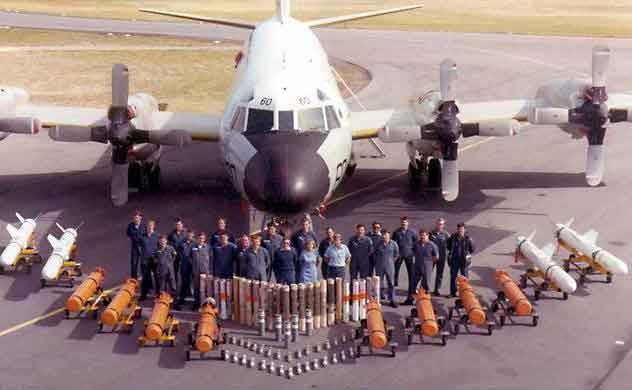
During operation, the aircraft continued to continuously improve. The composition of the airborne weapons included RCC "Harpoon" and a number of improvements related to acoustic search engines. At the beginning of the 90-x, the AGM-84 SLAM missiles designed to destroy ground targets were put into service with the Orion. In addition, the possibility of suspension on the inner wing pylon of the container with EW equipment AN / ALQ-78.
The result was a multi-purpose strike aircraft capable of autonomously searching and hitting surface, underwater and ground targets.
In the middle of the 1980-x, which came at the height of the opposition between the fleets of NATO and the USSR, the Orions were in service with the 24-x combat and one combat training squadron of the US Navy.
The squadrons organized organizationally into five patrol aircraft wings of the base aviation. The two wings were part of the air forces of the Atlantic fleet and had six squadrons, the three remaining wings had four squadrons of P-3 and were part of the air forces of the Pacific fleet.
As the early "Orion" became obsolete as PLO aircraft were transferred for storage at Davis-Montand, as well as were re-equipped for other tasks.
There are many different aircraft options: EP-ZA for testing electronic equipment, electronic “aggressor” for conducting exercises, EP-ZE “Eris” electronic reconnaissance aircraft, NP-3A / B flying laboratory, oceanographic and geomagnetic research aircraft RP-3A / D, training TR-ZA, transport UP-ZA / B, VP-ZA for VIP traffic and weather reconnaissance aircraft WP-3A.
Created on the basis of the P-3В - DRLO P-3AEW aircraft - equipped with an aviation early warning and detection system, intended for the US Customs Service.
From June 1988-th to 1993-th customs officers received a total of four P-3, equipped with radar AN / APS-138 (similar to the radar E-2C "Hokai"). Aircraft are used to detect, track and coordinate the interception of drug smuggling operations.
Four anti-submarine "Orion" upgraded to version P-3A (CS) to control the airspace of the United States in order to curb the illegal delivery of goods, first of all - drugs, light aircraft.
The vehicles are equipped with AN / APG-60 radar (installed in the nose of the aircraft), which has better air target detection performance than the original P-3A station. In addition, radio equipment operating on the frequencies of the US Customs and Coast Guard is installed.
Twelve obsolete RWAs were purchased by the US Forest Service in 1989, nine of them donated to Aico Union Corporation in Chico, California, for conversion to fire-fighting aircraft. In the 2010, Aego Union operated seven P-3A / RADSII along with the modernized Neptune and C-54. "Orions" are used to extinguish fires since 1990, and have proven to be an excellent fire-fighting agent. The maneuverability of the aircraft and the high power of the power plant make it possible to fly in the conditions of very rough terrain and reliably throw off the extinguishing mixture.
P-3 of various modifications were transferred in significant quantities to US allies.
The aircraft is in service with Argentina, Australia, Brazil, Chile, Greece, Japan, the Netherlands, New Zealand, Norway, Iran, Pakistan, Portugal, South Korea, Spain, Thailand.
The Japanese naval self-defense forces rank second in the world in the number of "Orions" after the US Navy. Orion chose the Japanese to replace the Neptunes in August of the 1977. Having a developed aviation and electronic industry, they preferred to establish licensed production, rather than buying finished products in the United States.
The first three Р-3С intended for the Self Defense Forces produced Lockheed, the next five were assembled in Japan from American components, and the remaining 92 were built and equipped with equipment at the Kawasaki Heavy Industries plant.
The Orions received the 10 squadrons, the last P-3C was handed over to the customer in September by the 1997. In the process of licensed production, Orions has repeatedly improved.
Starting with the 46 aircraft, the search radar and the processor for processing acoustic signals were improved, and the EW equipment was installed. Nine cars equipped with an automatic flight control system.
From the 70 machine, the DIFAR equipment was replaced with the Proteus acoustic signal processing system with a central digital computer. A satellite communications system was installed from the 1989, as indicated by black antennas in the upper front part of the fuselage. On the previously constructed Japanese P-3C, the entire radio-electronic filling was replaced with the 1993 of the year.
There are four EP-3E in service with the Japanese self-defense forces.
They entered service in 1991-98's. Japanese cars are fully equipped with special equipment of national development and production. Aircraft built by Kawasaki.
"Orions" of Canada stand apart. The Canadian naval aviation in 1980-1981 received the 18 CP-140 Aurora, which were a hybrid of the P-3C glider and the search equipment of the Viking S-3A deck-plane. CP-140 are armed with four squadrons.
Three more CP-140A "Arcturus" are designed to monitor the economic zone of the ocean shelf adjacent to the coast of Canada and the protection of fisheries. Arctures have a simplified, compared with Aurora, equipment. These aircraft replaced the CP-121 “Trekker” patrol in 1992-1993.
The Orions, along with the RC-135 and SR-71, were the most frequent “clients” and primary targets for our air defense forces. Slow, capable of "hanging" in the zone of loitering for hours, he literally exhausted the calculations of the duty forces. Often the flights of these cars of violence are frankly provocative. A number of incidents are associated with these aircraft.
September 13 1987, the Norwegian Orion R-3В patrol plane attempted to monitor a group of Soviet warships in the neutral waters of the Barents Sea. The Su-27 pilot received an order to carry out the Orion training interception. The crew of the scout tried to get rid of the enemy and sharply reduced speed, believing that the fighter could not stay near him at low speed. However, the Su-27 continued to fly exactly under the Orion. The Norwegian pilot lost sight of the fighter and began to maneuver. As a result, the screw "Orion" hit the keel of the Su-27. The screw collapsed, its fragments pierced the P-3В fuselage, a depressurization occurred, and Orion was forced to leave the patrol zone, and Su-27 returned safely to the base.
The next time in April, the Orion 2001 collided in the air with a Chinese fighter. Trying to look "far away" inland, American pilots sometimes violate the airspace of China, causing PLA to respond.
In the Chinese case, EP-3E was in the center of events, and for some reason its crew was one and a half times larger than usual.
As a result of the collision, the Chinese interceptor J-8-II fell into the sea, its pilot was killed.
EP-3E received damage and was forced to land on Hainan Island.
Subsequently, the United States apologized for the incident and paid compensation to the widow of the deceased.
The car was disassembled by the Chinese for a detailed study and, subsequently, returned to the United States in July 2001. Orion has arrived at historical homeland "in the womb of the Russian transport aircraft An-124-100 Ruslan.
To replace the "obsolete" P-3С in the USA by the Boeing company, the development of the next-generation anti-submarine aircraft was started. The design of the aircraft, which received the designation P-8 "Poseidon", is based on the fuselage of the Boeing 737-800 and the wing of the Boeing 737 — 900.
The first flight of the Poseidon took place on 25 on April 2009. According to the plan, in the 2013, the US Navy was to receive the 13 P-8. More on 8 aircraft ordered by Australia and India.
In total, the Navy planned to purchase X-NUMX aircraft P-117A, built on the basis of the Boeing 8-737, to completely replace their entire fleet of P-800. However, apparently, this will not happen soon. Due to the high cost of the P-3A, it was announced that the procurement program would be reduced. Moreover, it is proposed to further improve the avionics of the aircraft R-8С.
Thus, the honored "veteran" P-3 "Orion" for a long time will remain the main patrol and anti-submarine aircraft in the United States and many other countries.
Based on:
http://www.aviastar.org/air/usa/lok_orion.php
http://www.zelezki.ru/aviacatalog/usa
http://www.aex.ru/fdocs/1/2005/12/21/7368/
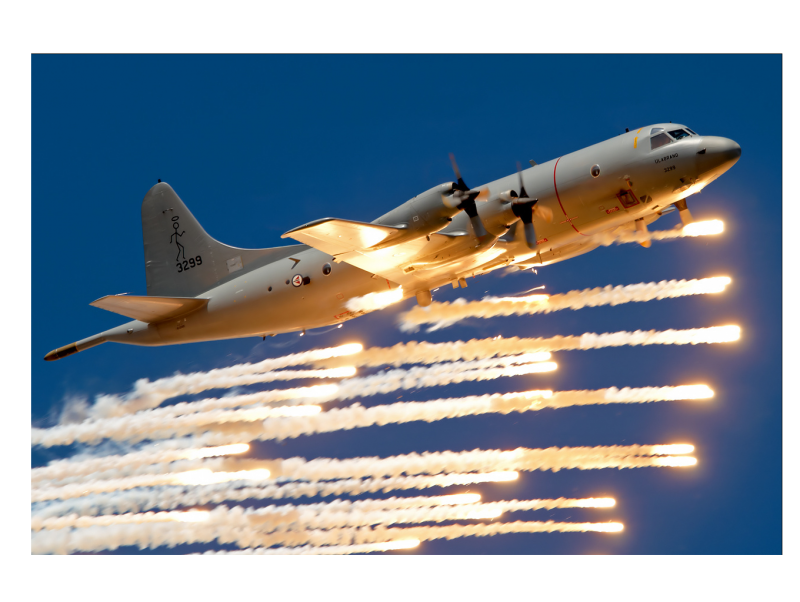
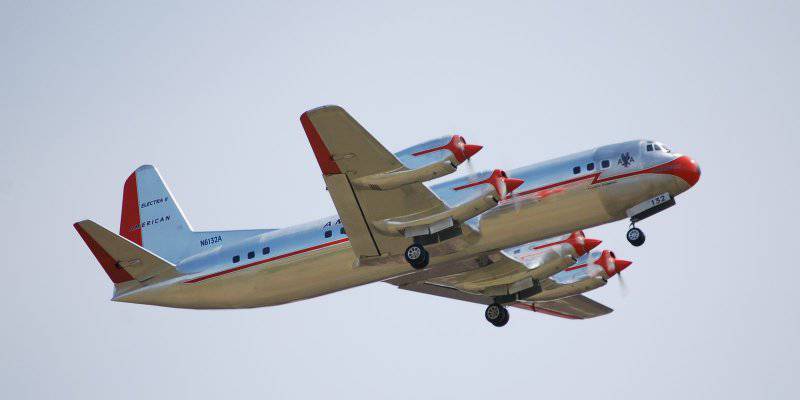
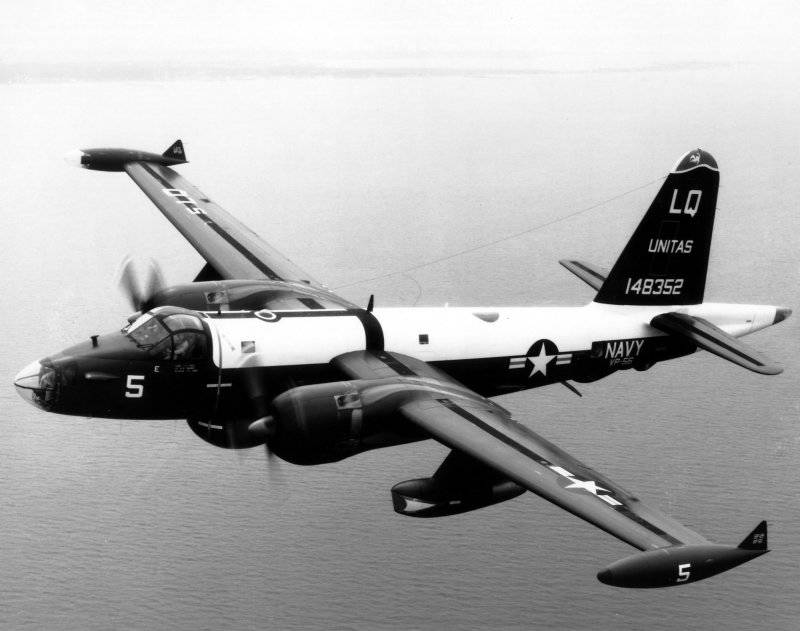
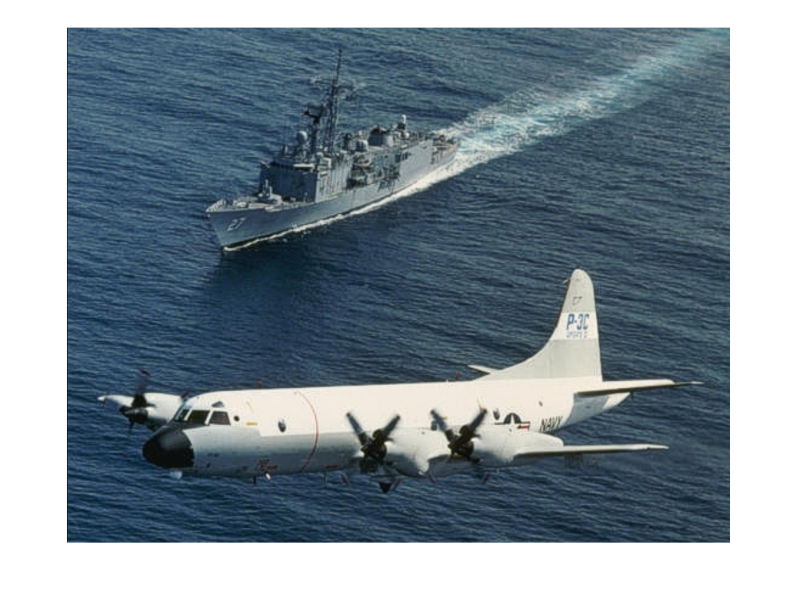
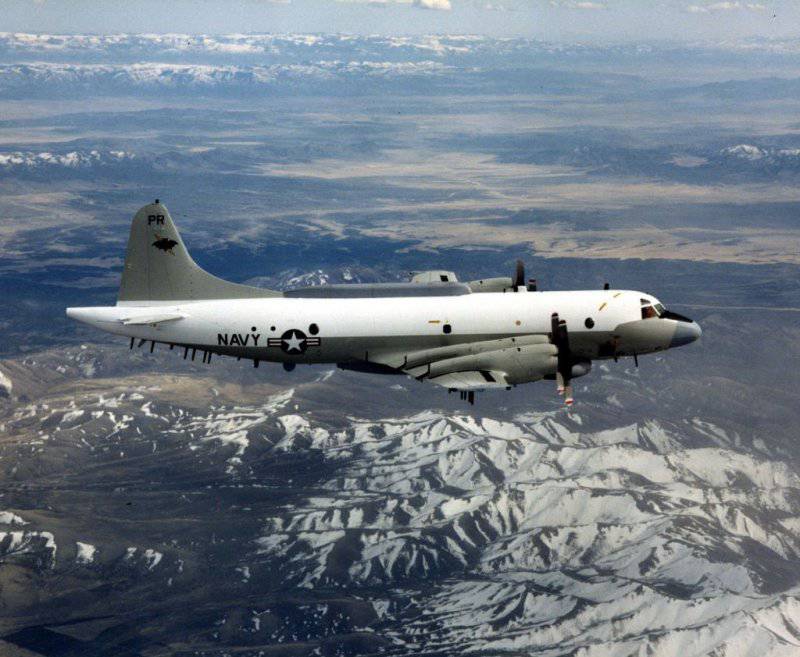
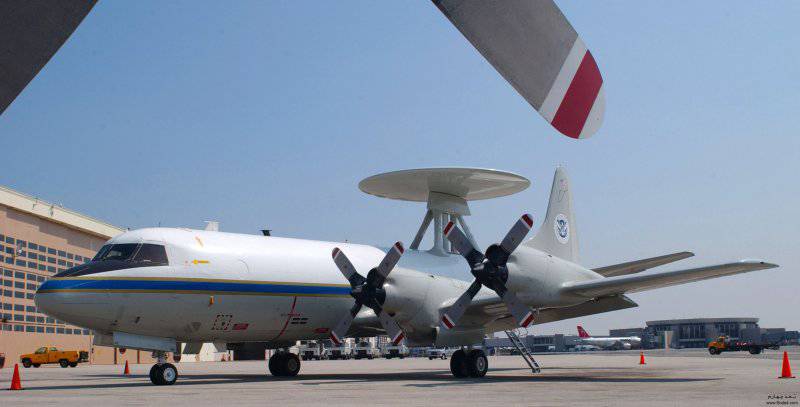
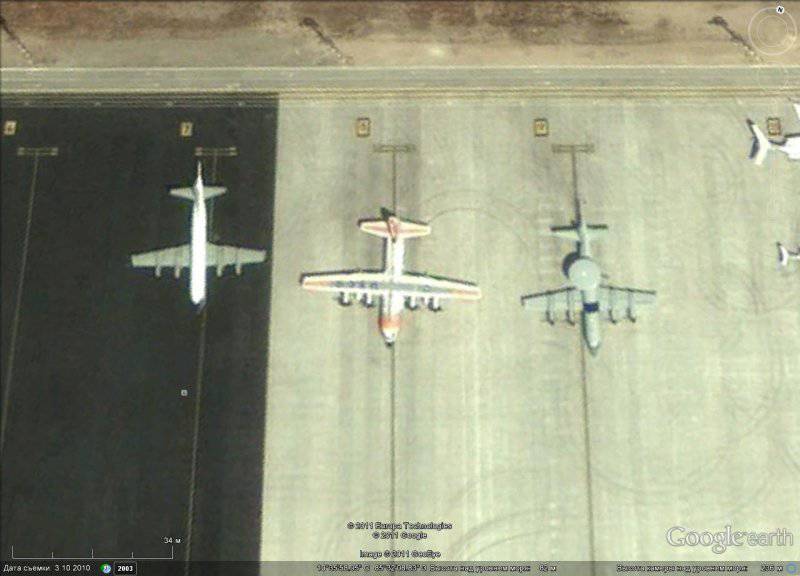
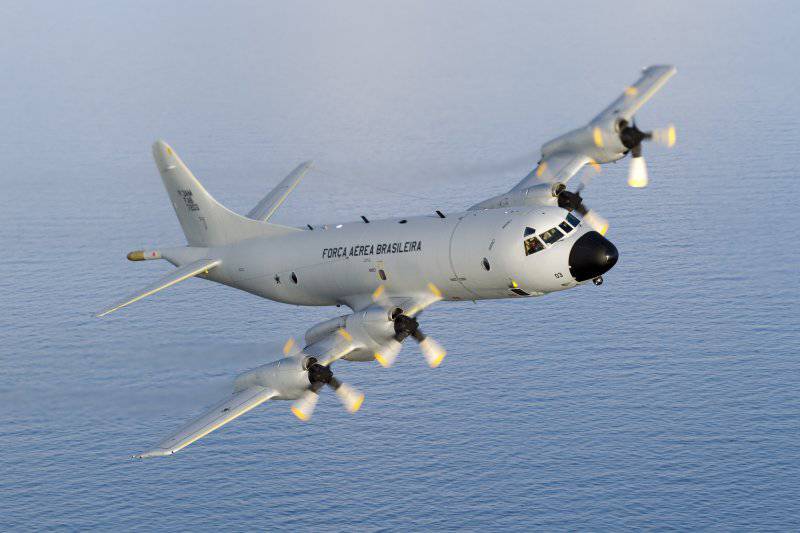
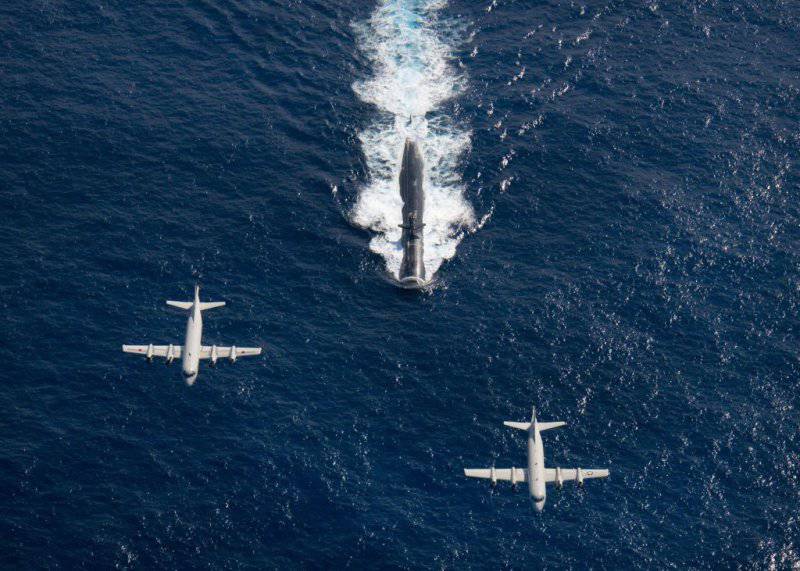
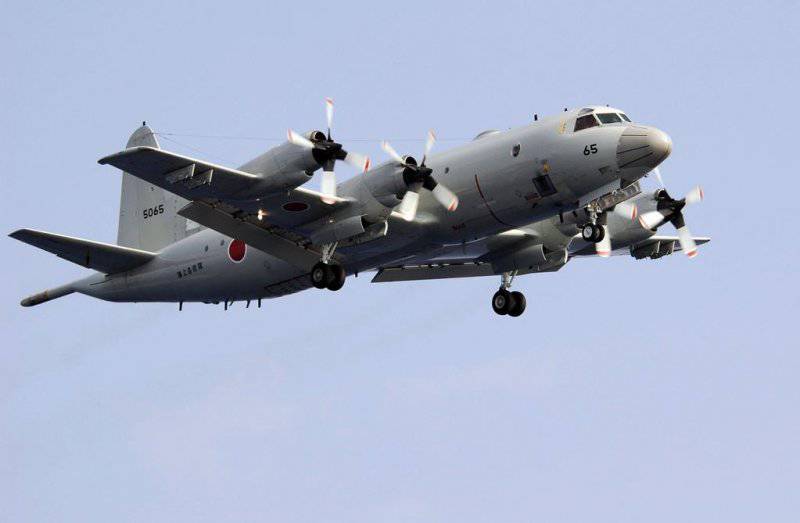
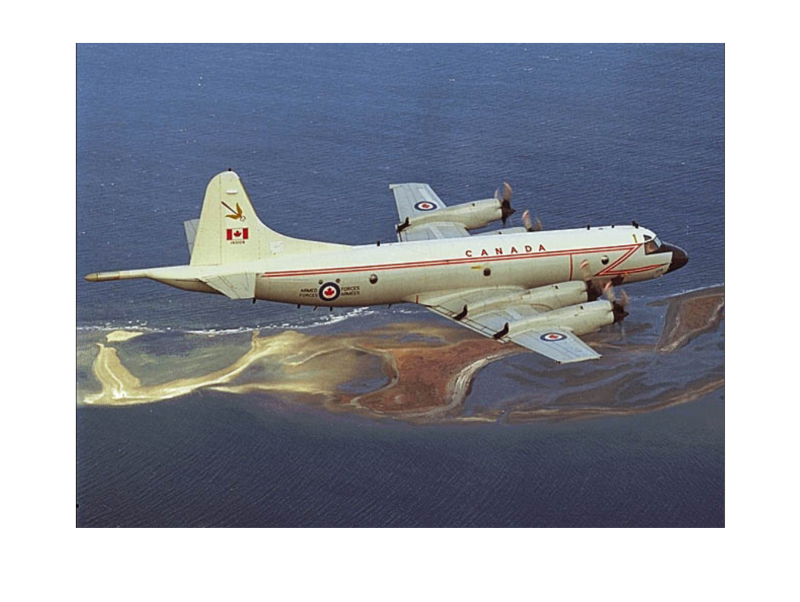
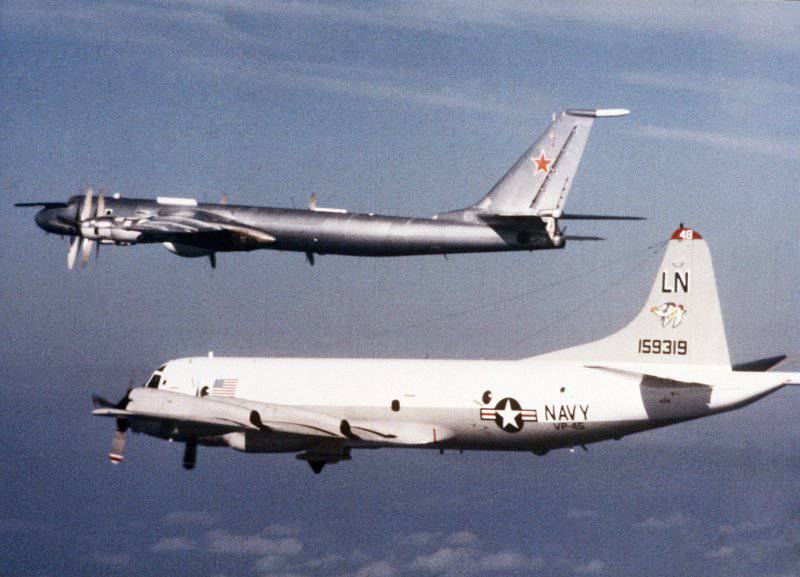
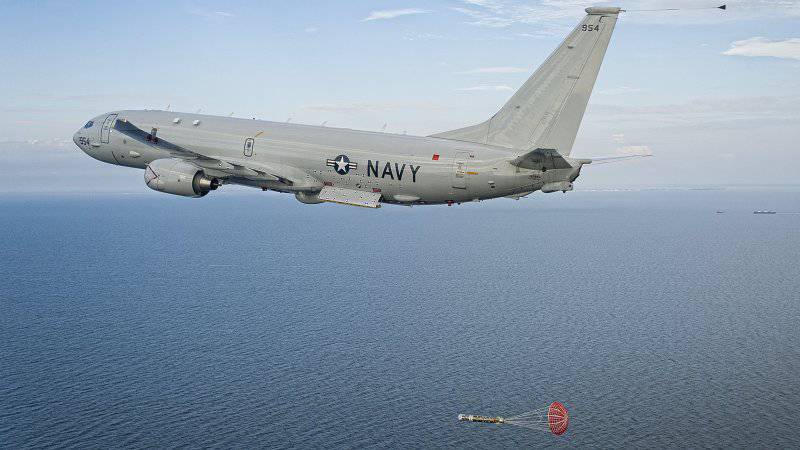
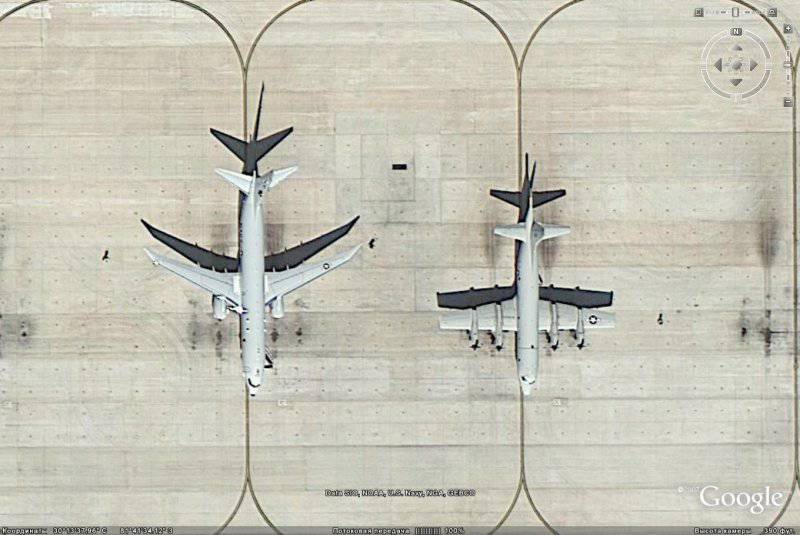
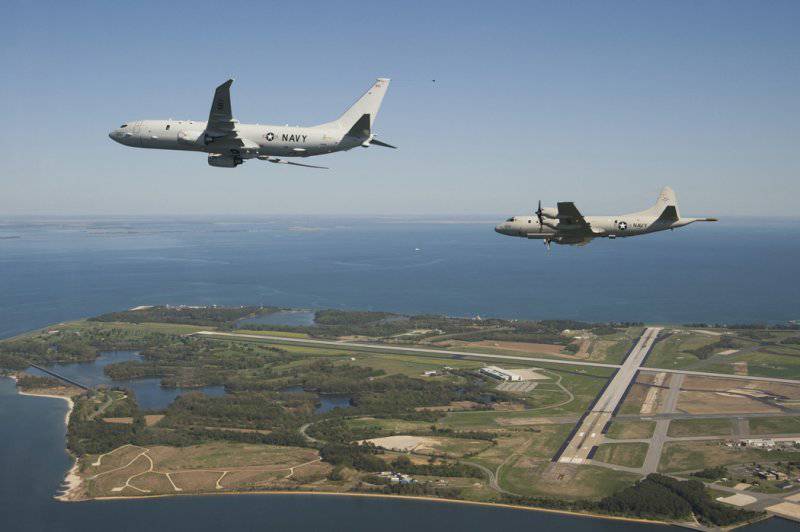
Information